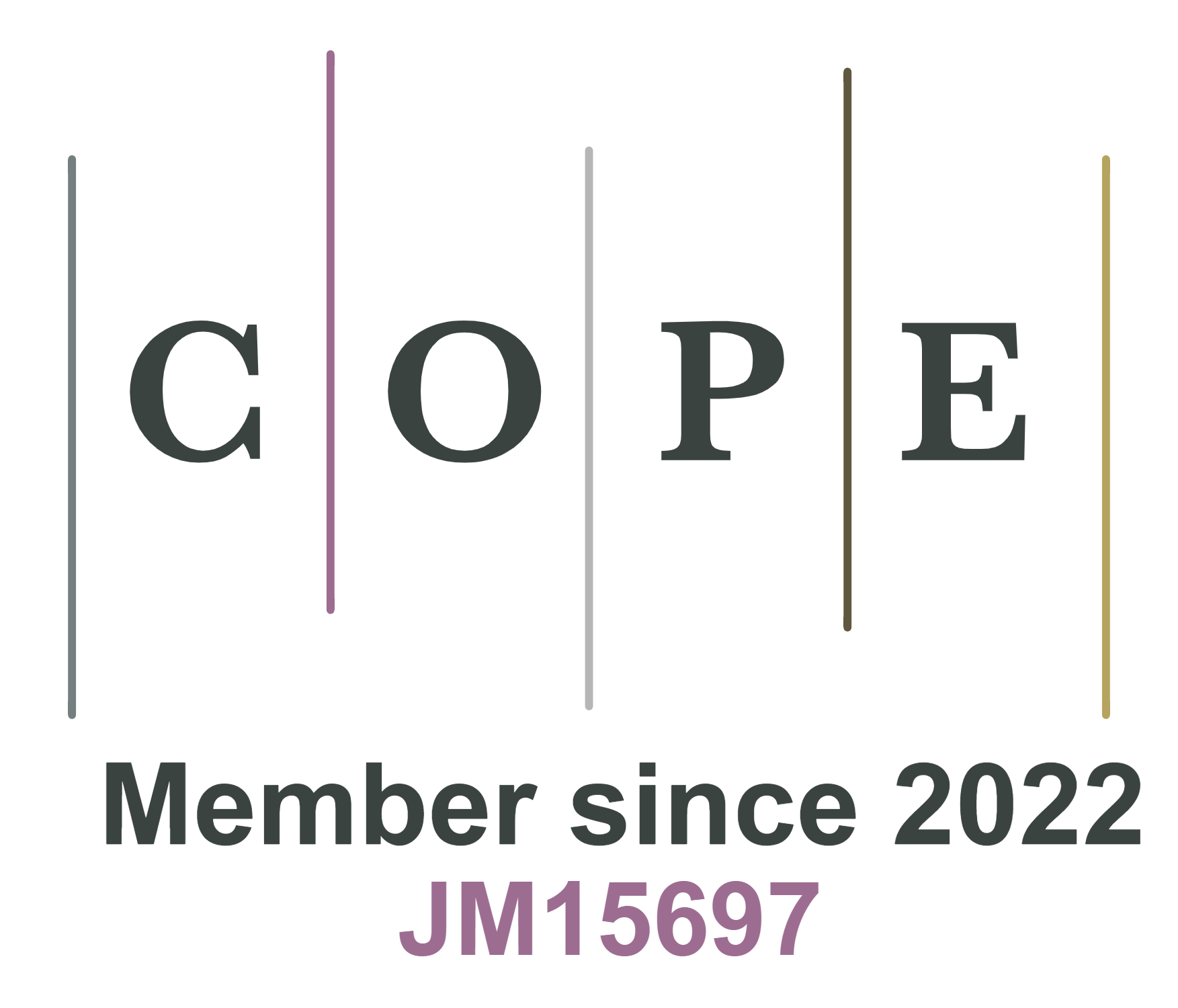REFERENCES
1. Council TUNPC. Digital forensic science strategy. Available from: https://npcc.police.uk/Digital%20Forensic%20Science%20Strategy%2020\20.pdf.[Last accessed on 19 Jan 2024].
2. Carrier B, Spafford EH. Getting physical with the digital investigation process. Available from: https://www.utica.edu/academic/institutes/ecii/publications/articles/A0AC5A7A-FB6C-325D-BF515A44FDEE7459.pdf[Last accessed on 19 Jan 2024].
3. Guo Y, Slay J, Beckett J. Validation and verification of computer forensic software tools—Searching Function. Digit Invest 2009;6:S12-22.
4. Goodman B, Flaxman S. European Union regulations on algorithmic decision-making and a “right to explanation”. AI magazine 2017;38:50-7.
5. Sunde N, Dror IE. A hierarchy of expert performance (HEP) applied to digital forensics: Reliability and biasability in digital forensics decision making. Forens Sci Int-Digit 2021;37:301175.
6. Stoykova R. Digital evidence: Unaddressed threats to fairness and the presumption of innocence. Comput Law Secur Rev 2021;42:105575.
7. Hughes N, Karabiyik U. Towards reliable digital forensics investigations through measurement science. WIREs Forensic Science 2020;2:e1367.
8. Horsman G. Tool testing and reliability issues in the field of digital forensics. Digit Invest 2019;28:163-75.
9. Solanke AA. Explainable digital forensics AI: Towards mitigating distrust in AI-based digital forensics analysis using interpretable models. Forensic Science International: Digit Invest 2022;42:301403.
10. Doyle S. Quality management in forensic science. Academic Press; 2018.p.1-387. Available from: https://www.sciencedirect.com/book/9780128054161/quality-management-in-forensic-science?via=ihub=.[Last accessed on 19 Jan 2024].
11. Chakraborty K. Fairness in machine learning: eliminating data bias Available from: https://www.techopedia.com/fairness-in-machine-learning-eliminating-data-bias/2/34389.[Last accessed on 19 Jan 2024].
12. Dror IE. Cognitive and human factors in expert decision making: six fallacies and the eight sources of bias. Anal Chem 2020;92:7998-8004.
13. Coyle D, Weller A. "Explaining” machine learning reveals policy challenges. Science 2020;368:1433-4.
14. Schneider J, Breitinger F. Towards Ai forensics: did the artificial intelligence system do it? J Inf Secur Appl 2020;76.
15. Roth A. Trial by machine. Available from: https://papers.ssrn.com/sol3/papers.cfm?abstract_id=2743800.[Last accessed on 19 Jan 2024].
16. Samek W, Montavon G, Vedaldi A, Hansen LK, Müller KR. Explainable AI: interpreting, explaining and visualizing deep learning. Springer Nature; 2019. p. XI, 439.
17. Gross-Brown R, Ficek M, Agundez JL, Dressler P, Laoutaris N. Data transparency lab kick off workshop (DTL 2014) report. SIGCOMM Comput Commun Rev 2015;45:44-8.
18. Zeng Y, Lu E, Sun Y, Tian R. Responsible facial recognition and beyond. arXiv preprint arXiv: 1909.12935 2019.
19. Snow J. Amazon’s face recognition falsely matched 28 members of congress with mugshots. Available from: https://www.aclu.org/news/privacy-technology/amazons-face-recognition-falsely-matched-28.[Last accessed on 19 Jan 2024].
20. Hill K. Another arrest, and jail time, due to a bad facial recognition match. Available from: https://www.nytimes.com/2020/12/29/technology/facial-recognition-misidentify-jail.html.[Last accessed on 19 Jan 2024].
21. Allyn B. “the computer got it wrong”: How facial recognition led to false arrest of Black Man. Available from: https://www.npr.org/2020/06/24/882683463/the-computer-got-it-wrong-how-facial-recognition-led-to-a-false-arrest-in-michig.[Last accessed on 19 Jan 2024].
22. Kirchner L. Thousands of criminal cases in New York relied on disputed DNA testing techniques. Available from: https://www.propublica.org/article/thousands-of-criminal-cases-in-new-york-relied-on-disputed-dna-testing-techniques.[Last accessed on 19 Jan 2024].
23. Lee NT, Resnick P, Barton G. Algorithmic bias detection and mitigation: Best practices and policies to reduce consumer harms. Available from: https://www.brookings.edu/research/algorithmic-bias-detection-and-mitigation-best-practices-and-policies-to-reduce-consumer-harms/.[Last accessed on 19 Jan 2024].
24. Irvine C. NIH awards over fanxiexian_myfh2.5 million for research to improve interviewing of young witnesses. Available from: https://news.uci.edu/2021/09/30/nih-awards-over-2-5-million-for-research-to-improve-interviewing-of-young-witnesses/.[Last accessed on 19 Jan 2024].
25. Burke SH, Garance. Oregon dropping controversial algorithm used to trigger investigations in child abuse cases. Available from: https://www.statesmanjournal.com/story/news/local/oregon/2022/06/02/\oregon-drops-ai-algorithm-tool-for-child-abuse-cases-investigations-over-race-bias-concerns/65358612007/.[Last accessed on 19 Jan 2024].
26. Ⅳ JS. crime-prediction tool PredPol amplifies racially biased policing, study shows. Available from: https://www.mic.com/articles/156286/crime-prediction-tool-pred-pol-only-amplifies-racially-biased-policing-study-shows.[Last accessed on 19 Jan 2024].
27. Garance Burke MM. How ai-powered tech landed man in jail with scant evidence. Available from: https://apnews.com/article/artificial-intelligence-algorithm-technology-police-crime-7e3345485aa668c97606d4b54f9b6220.[Last accessed on 19 Jan 2024].
28. Roth A. Machine testimony. Available from: https://papers.ssrn.com/sol3/papers.cfm?abstract_id=2893755.[Last accessed on 19 Jan 2024].
29. Marshall AM, Paige R. Requirements in digital forensics method definition: Observations from a UK study. Digit Invest 2018;27:23-9.
30. Glisson WB, Storer T, Buchanan-Wollaston J. An empirical comparison of data recovered from mobile forensic toolkits. Digit Invest 2013;10:44-55.
31. Grajeda C, Breitinger F, Baggili I. Availability of datasets for digital forensics–and what is missing. Digit Invest 2017;22:S94-105.
32. Gerlings J, Shollo A, Constantiou I. Reviewing the need for explainable artificial intelligence (xAI). arXiv preprint arXiv: 201201007 2020.
33. Sobreira Leite G, Bessa Albuquerque A, Rogerio Pinheiro P. Process automation and blockchain in intelligence and investigation units: an approach. Applied Sciences 2020;10:3677.






